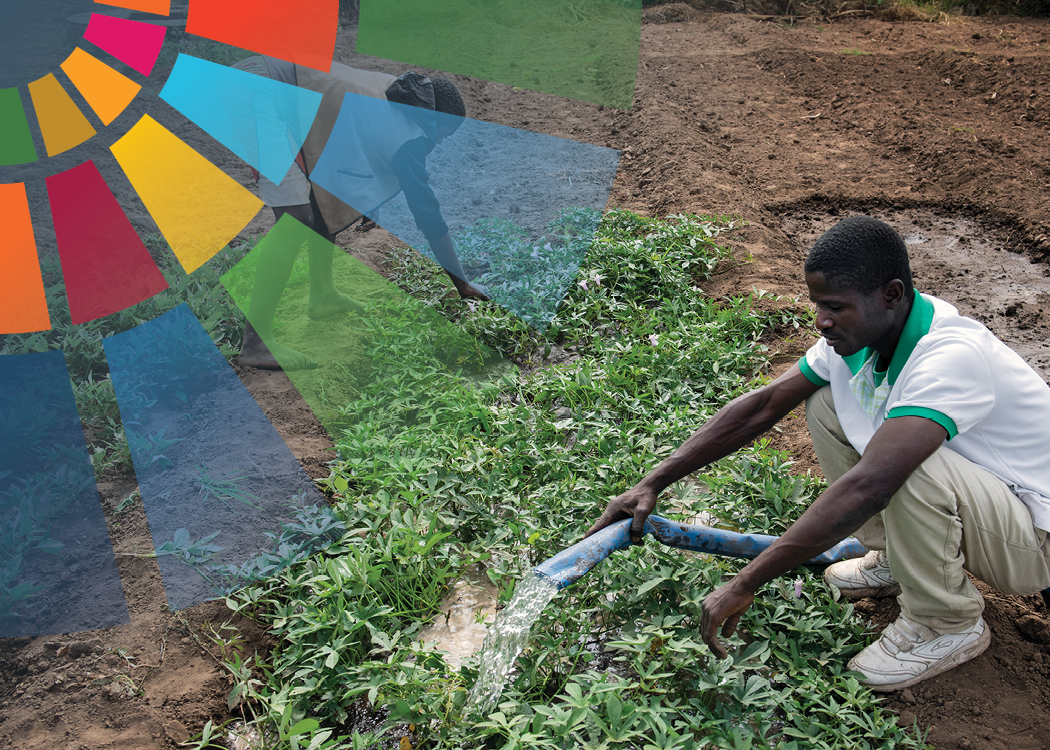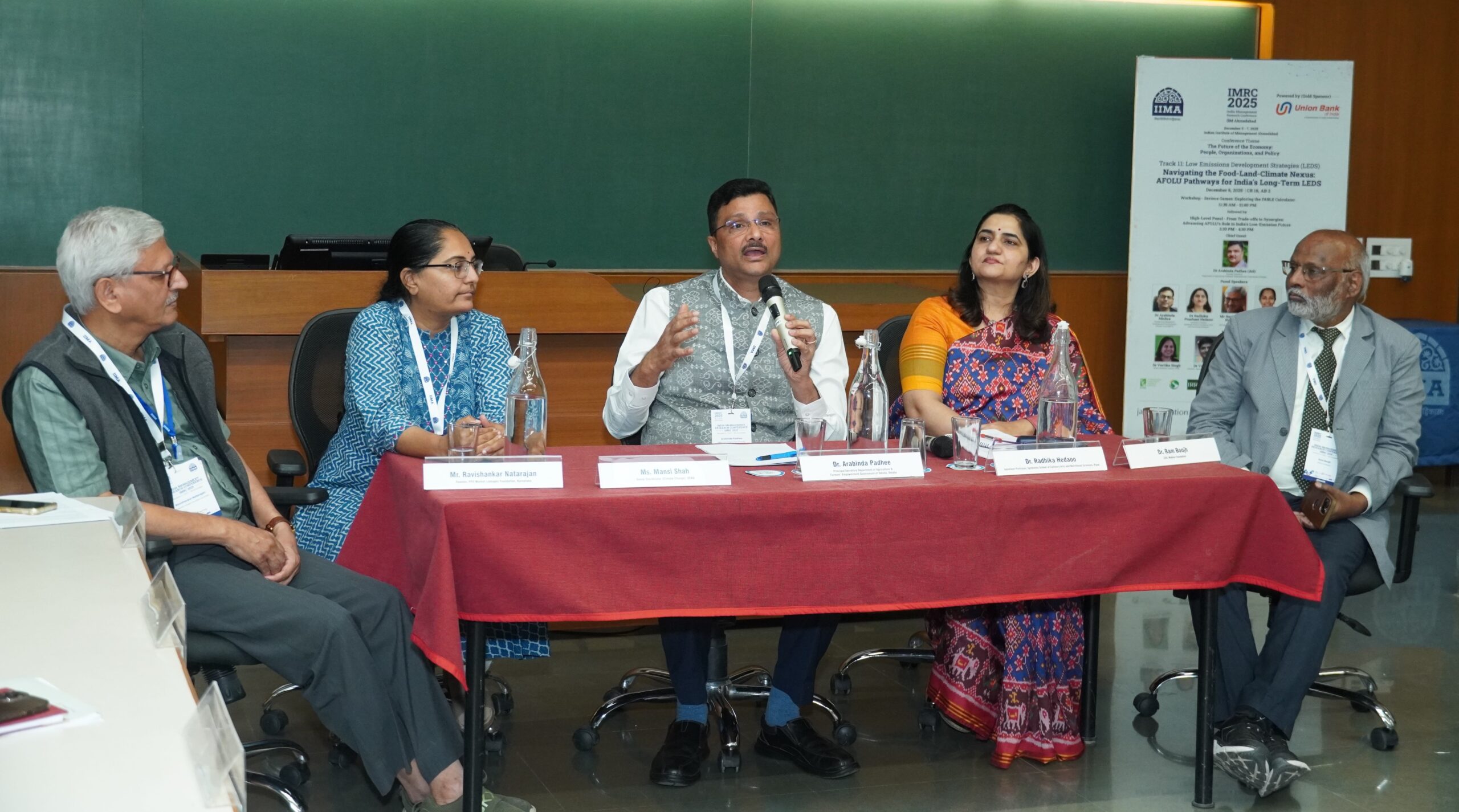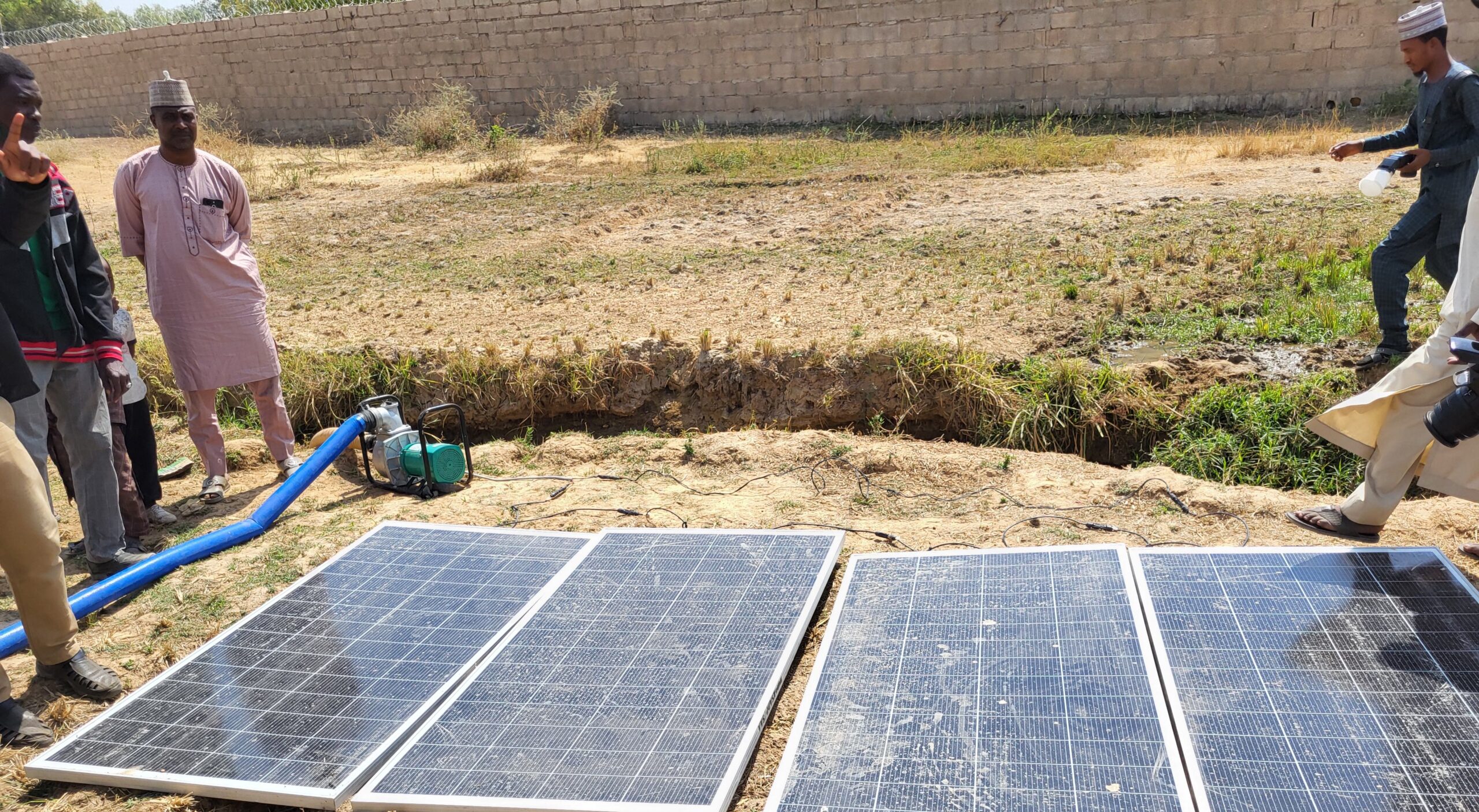While urbanization is shrinking rural populations in many parts of the world, rural areas, particularly in Africa south of the Sahara, will continue to be home to substantial numbers of people—and the livelihoods of many of them depend on small farms. These small farms play essential roles in national food systems and with the right support can help in meeting the Sustainable Development Goals (SDGs).
Small farms produce much of the world’s food; a 2016 study found that farms of less than 5 hectares produced 53% of calories eaten globally. A 2018 study found that farms of less than 2 hectares produce 30%-34% of the global food supply and make valuable contributions to micronutrient-rich food production. Small farms have more crop diversity and harbor greater noncrop biodiversity at the farm and landscape scales than do larger farms, contributing to the sustainability of agrifood systems and supporting ecosystem services.
The September United Nations Food Systems Summit (UNFSS) focuses on game-changing solutions for more inclusive, resilient, and nature-positive food systems. As part of IFPRI’s support to provide evidence on food systems transformation, our new brief for the UNFSS Scientific Group synthesizes evidence about the future of small farms, and outlines policies to help them as an important force in agrifood system transformation.
What is the current state of small farms?
Understanding the state of small farmers today will help to include them as full partners in the food system transformations of tomorrow. There is a large amount of heterogeneity across small farms and, building on previous literature, we categorized them into three groups: Commercial farmers, transition farmers, and subsistence farmers. Each category requires different innovations and policies for inclusive agrifood system transformation.
Commercial small farmers run their farms as businesses. Over time, we expect to see greater specialization in this group—instead of growing a combination of export or high-value crops and staple food crops, they will begin to specialize in high value products and take advantage of niche markets for their produce. Specialized poultry and pig farmers in Myanmar provide one such example.
Small farmers in transition rely heavily on rural non-farm employment (RNFE) as their main source of income while producing food both for their own consumption or markets. Depending on external circumstances, some of them might exit agriculture in the next decade or might fully transition into being commercial farmers.
Subsistence farmers are marginalized for many reasons which are unlikely to change in the next decade. They are often located in remote areas with limited agricultural potential and a lack of promising RNFE opportunities. They are typically net buyers of staple foods despite being producers. While economic transformation will reduce the number of these subsistence farms, it is unlikely that many will disappear within the next decade.
Innovations for the future of small farms
Small farmers’ adoption of new technologies and the cultivation of higher-value products thus requires that they have the proper profit incentives and market access, which are in large part a function of the broad market-institutional context upstream and downstream from the farm.
Upstream from the farm, we are seeing rapid innovations in agricultural mobile “outsource” service markets that provide fee-based services to small farmers, replacing some operations traditionally done by farmers themselves. Aided by communications innovations that connect small farmers to service providers, mechanization services for land preparation, harvesting, and threshing have popped up in South and Southeast Asia and in Africa. Other small- and medium-sized enterprises (SMEs) services have also emerged for tasks such as rice seeding and transplanting, seed propagation, fruit tree pruning and spraying, and bee pollination for vegetables and fruit trees. Many of these SME services have introduced small farmers to new technologies that they otherwise might not have encountered and provided them more cheaply.
Downstream from the farm, the spontaneous formation of clusters of wholesalers, cold storages, processors, and logistics enterprises provide crucial services that enable small farmers to access urban markets for high-value agricultural products. These supply chain firms provide inputs, credit, aggregating, sorting, and packing services that small farmers need to participate in the market. This facilitation is offered through formal contract-farming arrangements with large processors and retailers, as well as through informal relationships with SME wholesalers and processors that reduce the price risk for small farms. And, though still in their infancy, e-commerce and e-procurement are emerging rapidly, helped by the diffusion of internet access, mobile phones, and computers. The COVID-19 pandemic has accelerated e-commerce growth as consumers tried to avoid in-person shopping.
Policies for inclusive small farm transformation
The rapid spread and uptake of upstream and downstream market institutional innovations offers opportunities for small farmers. To enhance their competitiveness to pursue these opportunities and actively participate and benefit from agrifood system transformation, government policies and public investments should focus on the following areas:
- Increase investments in infrastructure, including rural roads connecting to secondary and tertiary cities, that can create economies of agglomeration and a critical mass of proximate services such as wholesale, logistics, and farm input provision for small farmers in the surrounding rural areas, thus reducing transaction costs. Many new digital technologies applied in e-commerce, information provision, and farm service businesses also depend on good infrastructure.
- Promote education and training programs that target rural youth to develop the skills and knowledge required to support modern agriculture and marketing. These skills are necessary for both farm management and for off-farm jobs in logistics, machinery maintenance/repair services, and broader RNFE.
- Support SMEs upstream and downstream from farms by reducing unnecessary regulations and informal restrictions that often discourage SME development. SMEs are more accessible to small farmers than larger enterprises, and small farmers value the mix of services that SMEs provide.
The growth of the agrifood system offers opportunities not only for farmers, but generates employment in the service sectors that support farms up- and downstream. Public investments and policies that facilitate growth of the agrifood system can create synergies with the development of RNFE in rural areas which is the main economic activity of transitional farmers and is increasingly the main source of income for most small farmers. These opportunities can also benefit marginalized, subsistence and transition farmers who have little prospect of participating in value chains through farming alone. The following actions can help actively promote RNFE opportunities:
- Develop an enabling environment—including basic infrastructure, property rights, and legal systems with enforcement mechanisms—favorable to rural businesses that encourage and facilitate inclusive RNFE.
- Identify engines of regional growth through consultation with the private sector and farmers, and conduct supply chain diagnostics for prioritization of strategic interventions. Emphasize differentiated strategies and flexible institutional coalitions for implementation appropriate to diverse rural areas.
Small farms will continue to play a vital role in food systems for the foreseeable future, but they need support to contend with and capitalize on the complex changes unfolding around them. We believe that investment in an enabling environment for the development of upstream and downstream segments of the food supply chains will be particularly important for small farms to survive and thrive. With focused policies and investments, small farms can provide steady livelihoods for rural populations and be effective catalysts in food system transformation.
Xinshen Diao is Deputy Director of IFPRI’s Development Strategy and Governance Division (DSGD); Thomas Reardon is a Professor in the Department of Agricultural, Food, and Resource Economics at Michigan State University; Adam Kennedy is a DSGD Senior Program Manager; Jessica Wallach is an IFPRI Communications Intern and a Master’s student in International Agricultural Development at the University of California, Davis.







